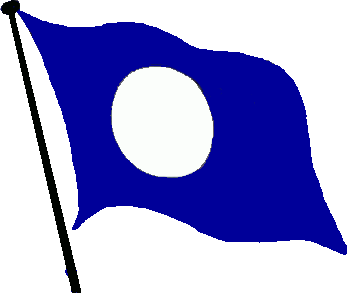The Begoña was built in Baltimore in 1945, also as a class Victory cargo ship, and named Vassar Victory.
In 1947 was also bought by Sitmar Line which converted her in a passanger vessels with capacity for 480 passangers and renamed her Castelbianco.
This drawing shows her when bought by Sitmar, before the conversion, and shows the big change.
In 1952 was converted again and increased her size to 10,139 GRT with capacity for 1,200 passangers and renamed Castel Bianco. In 1957 was bought by Trasatlántica which modified her to 940 passangers capacity. Her GRT and passengers capacity was bigger than the Montserrat because this modification included building an extra deck.
For both vessels the original GRT was 7,604. During their whole life their length was 138.7 mtr and their beam 18.9 mtr
The propulsion was by turbines, with 6,600 HP. In the Begoña they were Westinghouse, and in the Montserrat they were Allis Chalmers. They had only one propeller, and the speed was around 16 knots.
Like her almost sister ship, she was initially used on the Genoa (Italy) - Naples (Italy) - La Coruña - Vigo - Canary Islands - Central America - Havana (Cuba) line, but since 1958 she was transferred to the line Southampton (United Kingdom) - Santander - La Coruña - Vigo - Tenerife - Port of Spain (Trinidad) - La Guaira (Venezuela) - Curaçao - Kingston (Jamaica) - San Juan de Puerto Rico.
This photo, shot in Vigo, shows very well the poop.
This very nice photo was shot in Santa Cruz de La Palma.
After many years sailing in the America lines her final was very sad. She suffered a major breakdown in the Atlantic and was towed to Barbados, for disembarking the passengers.
Afterwards she was towed by the Ibaizabal Uno to Castellón, where was delivered for scrapping in October 1974. She was the last passengers vessel of the company.
|



